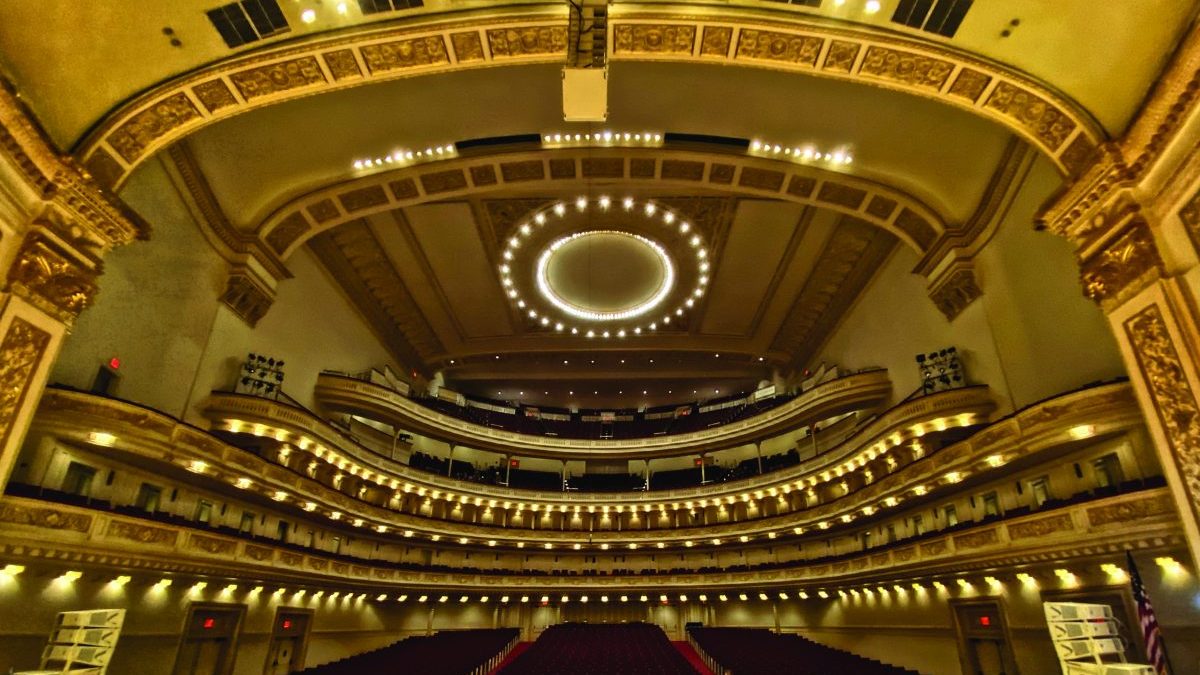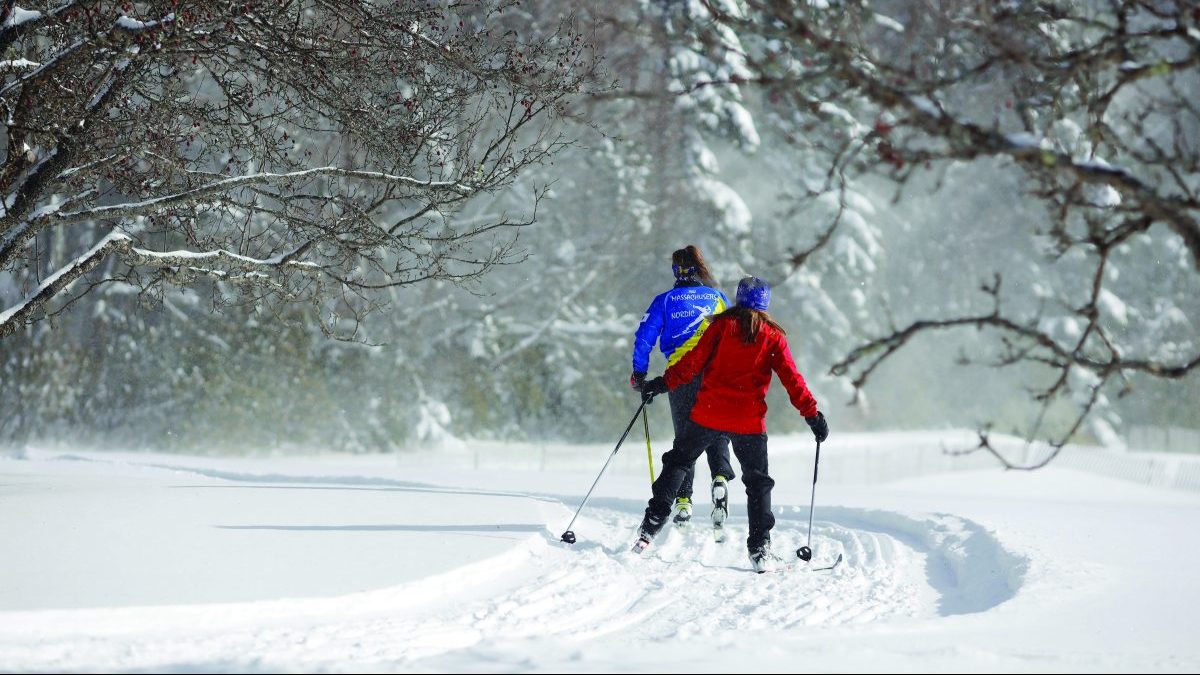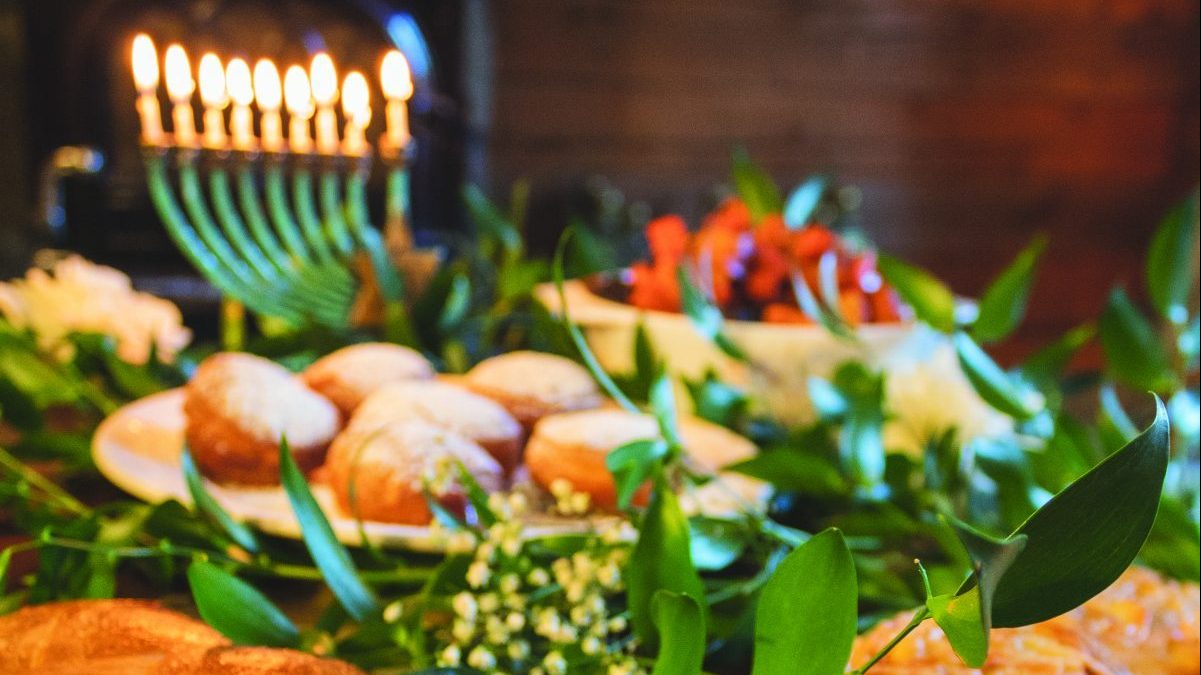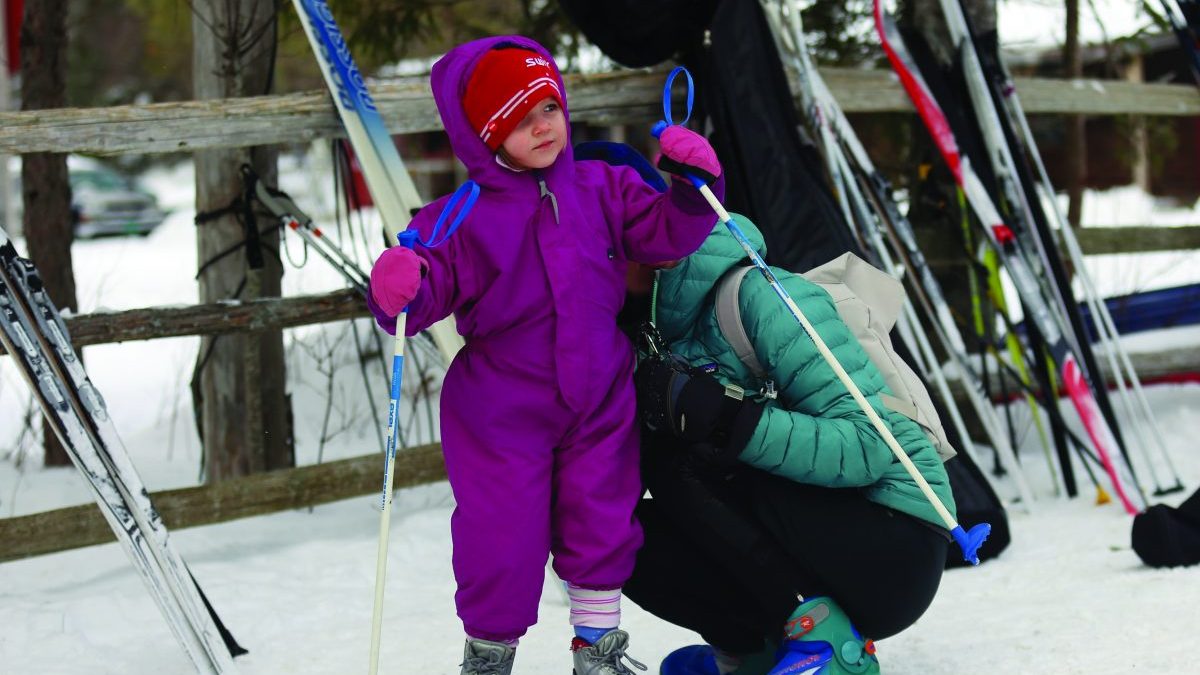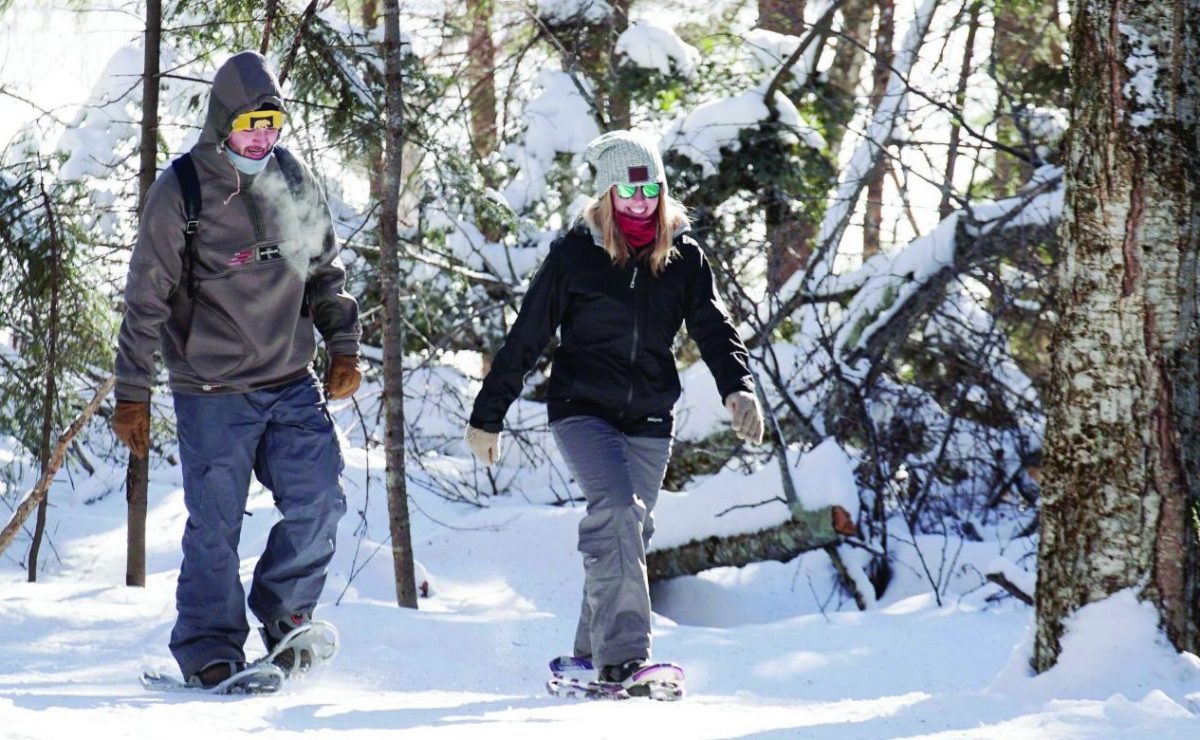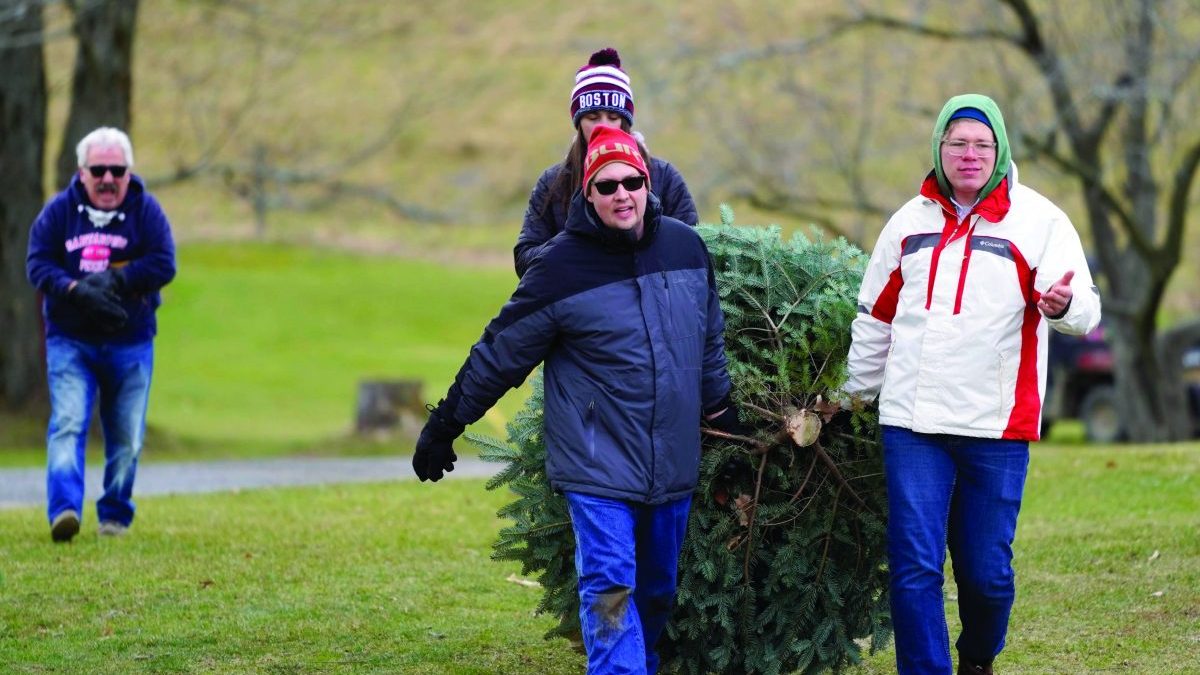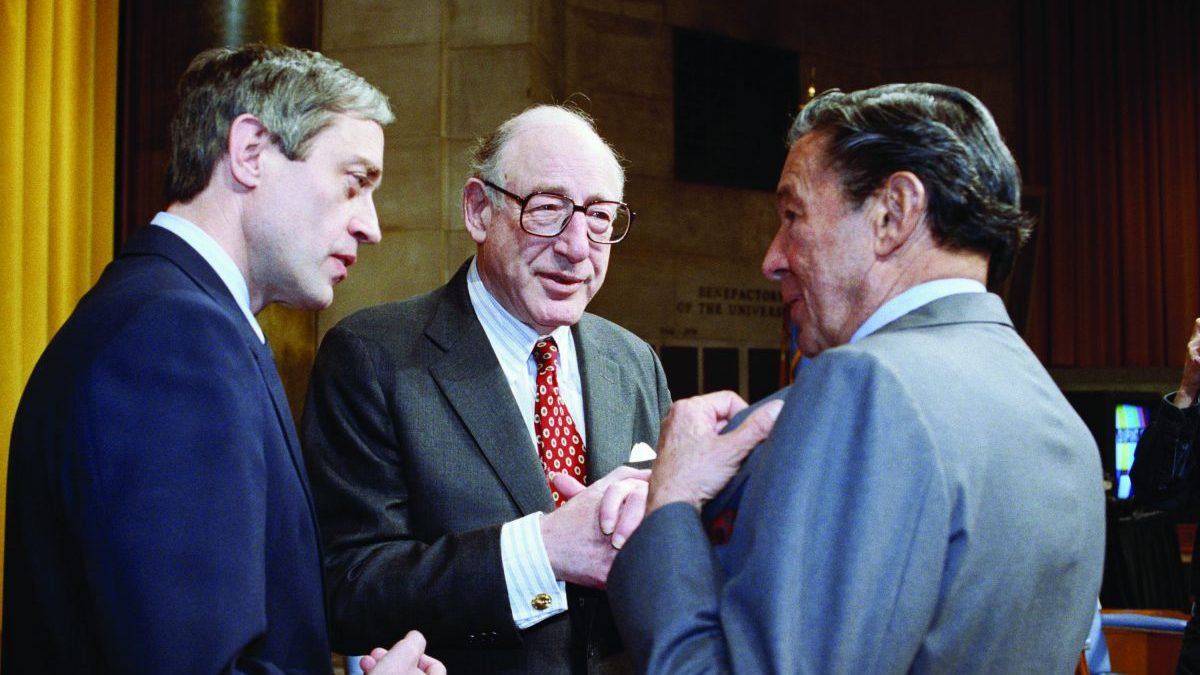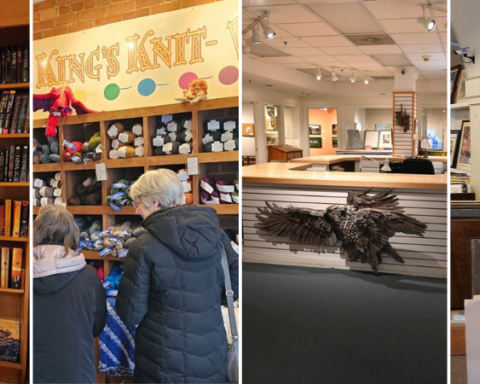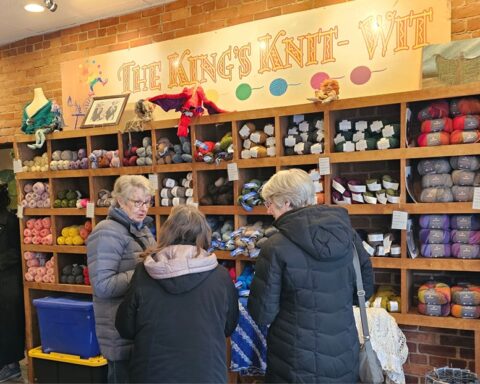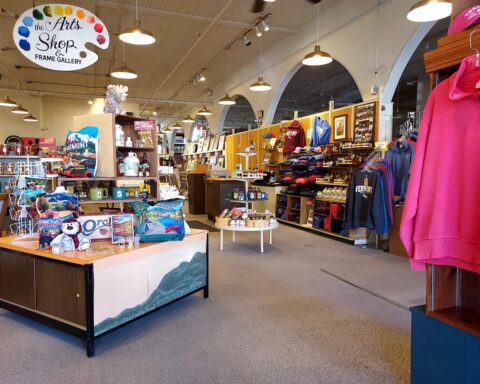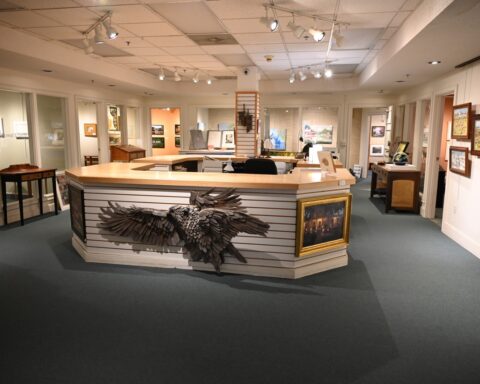Arlo Guthrie shares his passion for photography

By Ben Garver
WASHINGTON, Mass.
About two years ago, I invited myself to photograph Shenandoah and Arlo Guthrie at the Guthrie Center in Great Barrington. Before the show got going, Arlo looked at my gear and asked me if he should get the new Nikon camera. I had no clue, but spent the next few days comparing the new camera bodies to other camera bodies and looking up charts and tables that indicated that he should buy the camera … because it is awesome.
Answering a question for Arlo Guthrie is not easy. He is famous, and his gatekeepers are his children, and understandably, protective of him and his time. Anyway, I earnestly tried, through his business office, to convey the message: “Buy the new Nikon.” But, I never really thought the message got very far. I see Abe Guthrie, his son, quite a bit in the field. So, I figured I could just tell Abe to tell Arlo to buy the new Nikon.
You see, Arlo is a darn good photographer. He gets up early, knows where to find wildlife and photographs the grand theaters he plays at. It is all on Flickr, at flickr.com/photos/folkslinger, and it is awesome.
Two years later, I finally had a chance to talk to Arlo during an interview with The Berkshire Eagle about the launch of a fundraiser benefiting the Guthrie Center in Great Barrington. I told him to buy the new Nikon, and he told me he was happy with his old one. It turns out, he never got the message, but he did agree to let me ask him about his passion for photography.
Editor’s note: The following interview was conducted via email, prior to Guthrie’s Oct. 23 announcement that he will no longer perform on stage or tour. It has been edited for length and clarity.

Ben: I think of you as a storyteller; what do you try to communicate with your photographs?
Arlo: My photos aren’t really meant to communicate to anyone outside of myself and a few friends. They are just something I like doing for me. That hasn’t stopped me from making some of them public; it’s just not intended to become public.
Ben: What was the first camera you owned?
Arlo: A Kodak Instamatic.
Ben: When did you first develop an interest in photography?
Arlo: When I was about 10 years old, I wanted a camera for my birthday. I have no memory of why I wanted one. My mother said she’d get me one if I agreed to take photography classes from a neighbor, who had a darkroom set up in his garage. I agreed, although it seemed crazy to have to take lessons for a Kodak Instamatic. Nonetheless, I learned how to develop film from Manny Lebensfeld in his garage, along with a few other neighborhood kids.
I grew up and left home around 1965, when I was 18, and I had long lost contact with Manny Lebensfeld back then. Then, out of the blue, a few years ago, we ran into each other at Elizabeth’s (restaurant in Pittsfield). It had been almost 50 years since I’d seen him. He had seen my Flickr and social media sites with photographs and took some pride that he was the one who had showed me the ropes early on. Because of his help, I was much better able to use the digital cameras that are constantly improving. I actually know what I’m doing — I mean, at least I’m familiar with the terms. He was quite an inspiration.
Ben: Did you take a camera to Woodstock? If so, what did you photograph?
Arlo: I don’t think I went to Woodstock with a camera. It was enough bringing the instruments.
Ben: Did you have a bus during the Woodstock era? Can I photograph your buses?
Arlo: I got our first bus, a GMC Scenic Cruiser, in 1976, seven years after Woodstock took place.

Ben: If you had all access at Woodstock, in a job like mine, looking back now, what pictures do you think you would have taken, should have been taken then?
Arlo: There were moments, like when the promoters decided in a meeting on the field that the concert should become a free event. I think someone actually did film that.
Ben: You mentioned on Flickr that you purchased your first color digital camera in 1994. What kind of camera was it? What caused you to transition to a color digital camera at that time?
Arlo: It was a long time ago, so I may be mistaken, but the first digital cameras that could beused with a computer were black-and-white only. I had one of those, probably a Photoman from Logitech. The photos were really small and had almost no resolution. But, fairly quickly, over the next few years, the technology advanced so that the pictures were bigger, more resolution, and color became possible. I simply moved along with the times, acquiring the latest thing available to the general public. Unlike the film cameras, the digital photos were instantly editable. I loved that feature. It’s like playing in the darkroom without the chemicals.

Ben: Looking at your Flickr photos, you seem to take more photos of sunrises than sunsets. Is there a particular reason why?
Arlo: The landscape photos I’ve uploaded to Flickr go back over a decade, and during that decade, I lived along the Florida east coast with a view that was outstanding for capturing the morning light. I’d get up very early, never knowing what, if anything, would be in view. The photos of the Indian River are some of my best. The wildlife, as well as the natural beauty, was inspiring.
Ben: When you’re on the road, is there something other than venues that you tend to take photos of?
Arlo: Not much. The venues, I thought, would be a challenge, as they were usually dark when we arrived. But, the architecture, of some of the turn-of-the-20th-century theaters, was worth documenting. They don’t build anything like them anymore. Most of the time, it was just taking pictures of dinner and sending them to people for fun. Every so often, we’d get a break at some nice place, and I’d get one of the cameras out and go looking around. They were few and far between. But, places like along the beach in Hawaii were inspiring. There were not enough of those times.

Ben: Last year, before you performed your last Thanksgiving show at Carnegie Hall, you photographed it. Looking at this photo, almost a year later, what’s it like to look at that photo now? Does it evoke any particular memories of past performances? Or particular emotions?
Arlo: Funny, I was just looking at those this morning. We had no idea at the time, last November, that there would be no shows at Carnegie Hall this Thanksgiving (2020) weekend. It was my last in a series of shows I began in 1967. Every year, my wife, Jackie, and I would pack up the kids and head to New York City after Thanksgiving. Last year, I decided to end that tradition; 50-plus years being enough. We had no idea of the coming pandemic, so it would’ve been our last show there anyway. Jackie passed away 8 years ago, and now Carnegie will have to wait until it can reopen safely. Who knows when that will be? I’m happy we had a great night in 2019, and a great tradition that I was able to do for so long.
Ben: You were in Florida at the start of the pandemic. What were you photographing then?
Arlo: We had just finished a gig in Tennessee when I returned to Florida for a short break. During that break, I took lots of photos. We also had to deal with venues closing all over the world. We’ve been out of real work since then. I sold my place in Florida and returned to the farm in Massachusetts, where we’ve been holed up for months. Not a bad place to endure a pandemic.

Ben: What are you photographing during the pandemic? Has the pandemic and physical/social distancing impacted or transformed your photography?
Arlo: My style of photography hasn’t really been impacted by current events. My home here is out in the middle of not much. I’m looking forward to the fall and the gorgeous colors that are coming. I got interested in butterflies this past summer and in other creatures in the wild. I tend to shoot whatever is within sight. And whatever captures my attention.
Ben: Now that you’re back in the Berkshires, have you changed what you’re photographing? Is that change based on a change in locations? Seasons?
Arlo: I like documenting events photographically. I also like seeing where we were five years ago; 10 years ago. It’s fun to see the old farm in all of the transitions it’s been through. The church [Guthrie Center] in Housatonic is likewise always going through physical transitions, as we slowly keep the restoration in progress. I document these things with pictures. And every once in a while, the sunrise will produce spectacular colors, and I’m there with a camera. There’s plenty to do that keeps me busy.
Ben: Do you have a favorite place to take photographs?
Arlo: Not really; I do tend to return to certain places at different times of year to capture the magic.
Ben Garver has been photographing the Berkshire hills and people for The Eagle since 1994. In his spare time, Garver enjoys hiking and biking with his Australian cattle dog, Cheyenne.
